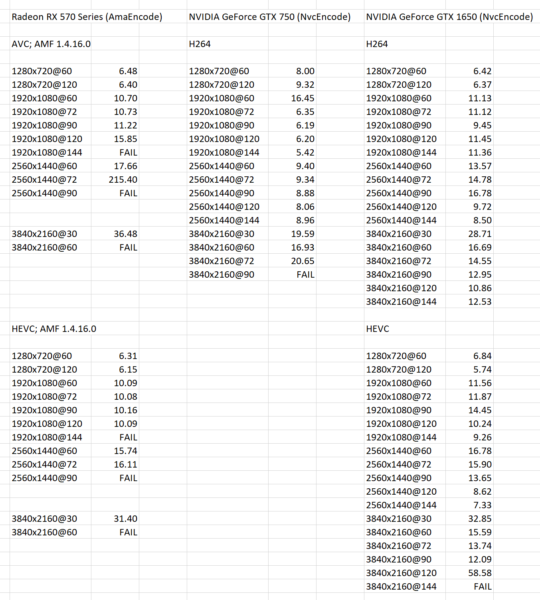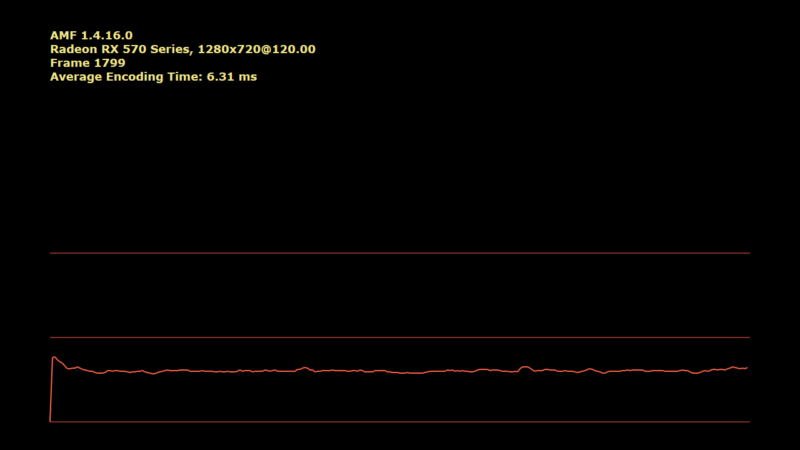I might have mentioned that Intel Media SDK has a ridiculously eclectic design and is a software package for the brave. Something to stay well clear of for as long as you possibly can.
To be on par on the customer support side Intel did something that caused blocking of Intel Developer Zone account. Over time I did a few attempts to restore the account and only once out of the blue someone followed up from there with a surprising response: “You do not have the enterprise login account”. That’s unbelievable, I could register account, I could post like this, I can still request password reset links and receive them, but the problem is I don’t have “enterprise account”.
Back to Intel Media SDK where things are designed to work about the same obvious and reliable as their forums. A bit of code from very basic tutorial:
//5. Initialize the Media SDK encoder
sts = mfxENC.Init(&mfxEncParams);
MSDK_IGNORE_MFX_STS(sts, MFX_WRN_PARTIAL_ACCELERATION);
MSDK_CHECK_RESULT(sts, MFX_ERR_NONE, sts);
// Retrieve video parameters selected by encoder.
// - BufferSizeInKB parameter is required to set bit stream buffer size
mfxVideoParam par;
memset(&par, 0, sizeof(par));
sts = mfxENC.GetVideoParam(&par);
MSDK_CHECK_RESULT(sts, MFX_ERR_NONE, sts);
//6. Prepare Media SDK bit stream buffer
mfxBitstream mfxBS;
memset(&mfxBS, 0, sizeof(mfxBS));
mfxBS.MaxLength = par.mfx.BufferSizeInKB * 1000;
mfxBS.Data = new mfxU8[mfxBS.MaxLength];
MSDK_CHECK_POINTER(mfxBS.Data, MFX_ERR_MEMORY_ALLOC);Even though who was that genius who designed it to measure buffers in kilobytes, the snippet makes great sense. You ask SDK for required buffer size and then you provide the space. I myself am even more generous than that: I grant 1024 bytes for every kilobyte in question.
The thing is that hardware encoder is still hitting scenarios where it is unable to fit the data into the space sized the mentioned way. What happens if encoder has more data on hands, maybe it emits a warning? “Well I just screwed things up, be aware”? Buffer overflow error? Buffer reallocation request? Oh no, the SDK makes it smarter: it fills the buffer completely trimming the excess making the bitstream incompliant and triggering frame corruption later on decoder end. Then encoder continues as if nothing important has happened.
There is an absolute rule in the software technology that if the thing is designed to be able to get broken in certain aspect, once in a while there will be a consumer hit by this flaw. Maybe just this once Intel guys thought it would not be the case.



